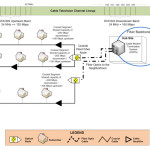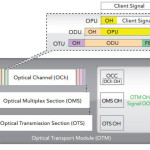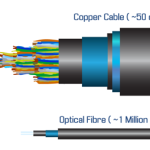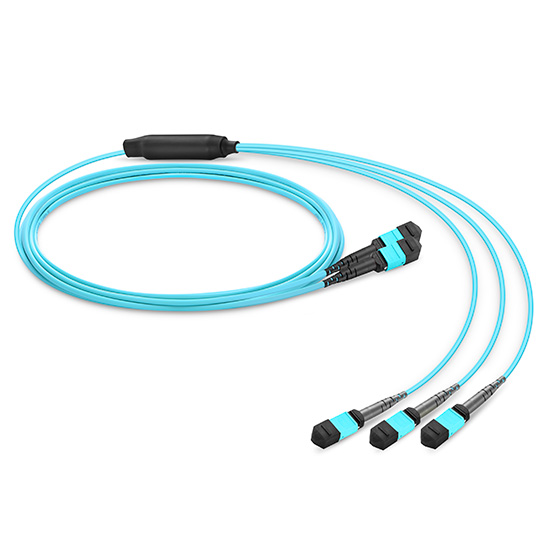An EU-funded project, FABULOUS (FDMA Access By Using Low-cost Optical Network Units in Silicon Photonics), has created innovative new components to be used in digital telecommunications including digital radio, television and internet that are lower-cost and more efficient than currently existing technology. The project has demonstrated that its technology will allow higher bit rates – the speed at which basic units of information are processed — in computing and digital communications.
The overall goal of the project was to create a flexible communications architecture compatible with current infrastructures using low cost components based on silicon photonics. Developing this technology is key to rolling-out mass fibre-to-the-home ultra-fast broadband digital telecommunications services.
FABULOUS’s components have been designed for Next-Generation Passive Optical Network technology (NG-PON2). NG-PON2 is the current telecommunications network standard for passive optical networks that allows users to receive digital radio, television and internet services.
The project demonstrated passive optical networks that use Frequency Division Multiplexing at the electrical level on a per-wavelength basis. The system allows each Optical Network Unit – the device installed in the user’s location – to handle its dedicated data traffic alone, and not the full aggregated bit rate as is currently the case for other NG-PON2 technologies. It also showed how its technology can be used in Passive Optical Local Area Networks, as well as potentially being used in 5G networks.
Meanwhile, the FABULOUS project has created new silicon-based photonic integrated circuits, showing the potential of using silicon photonics in the telecommunications market. The project demonstrated a reflective upstream transmitter made of a silicon photonic integrated circuit (SiPIC). The system comprised a reflective Mach Zehnder modulator and its flip-chipped CMOS electronic integrated circuit driver. The two Integrated Circuits were linked using high-density, low-parasitic copper micro pillars.
FABULOUS carried out sub-system demonstrations to show the effectiveness of the standalone components. It also carried out a whole system demonstration of the full architecture using its Optical Network Units and real-time data traffic.
The project found that designing the system and its components together is essential to paving the way for lower cost silicon devices to enter the telecoms market. FABULOUS has several large industry leaders and telecom operators within its consortium. Working alongside these partners, the next steps for the project will be towards full standardisation of the technology.
Read more at: http://phys.org/news/2016-07-telecoms-architecture-boost-technology.html










